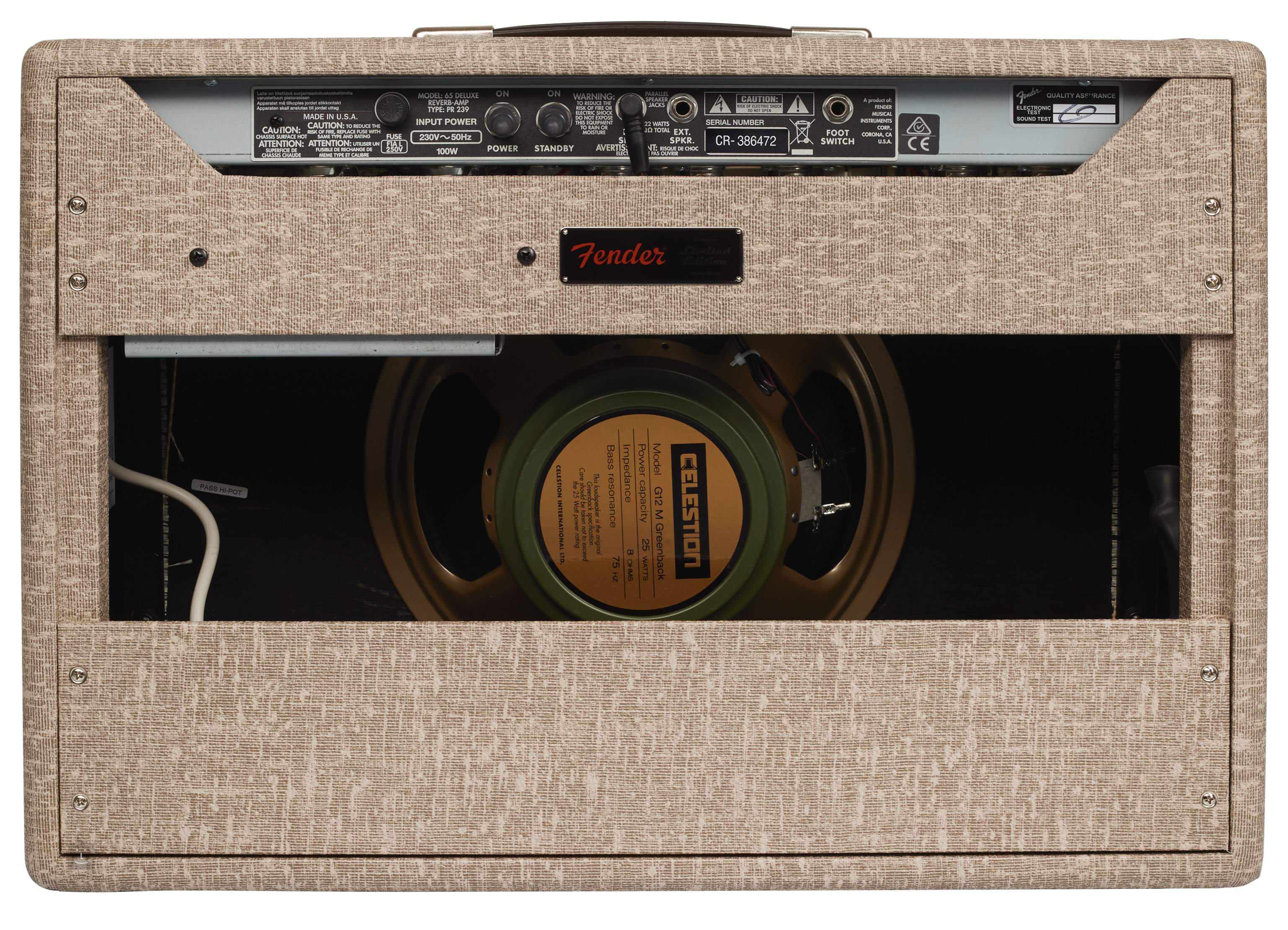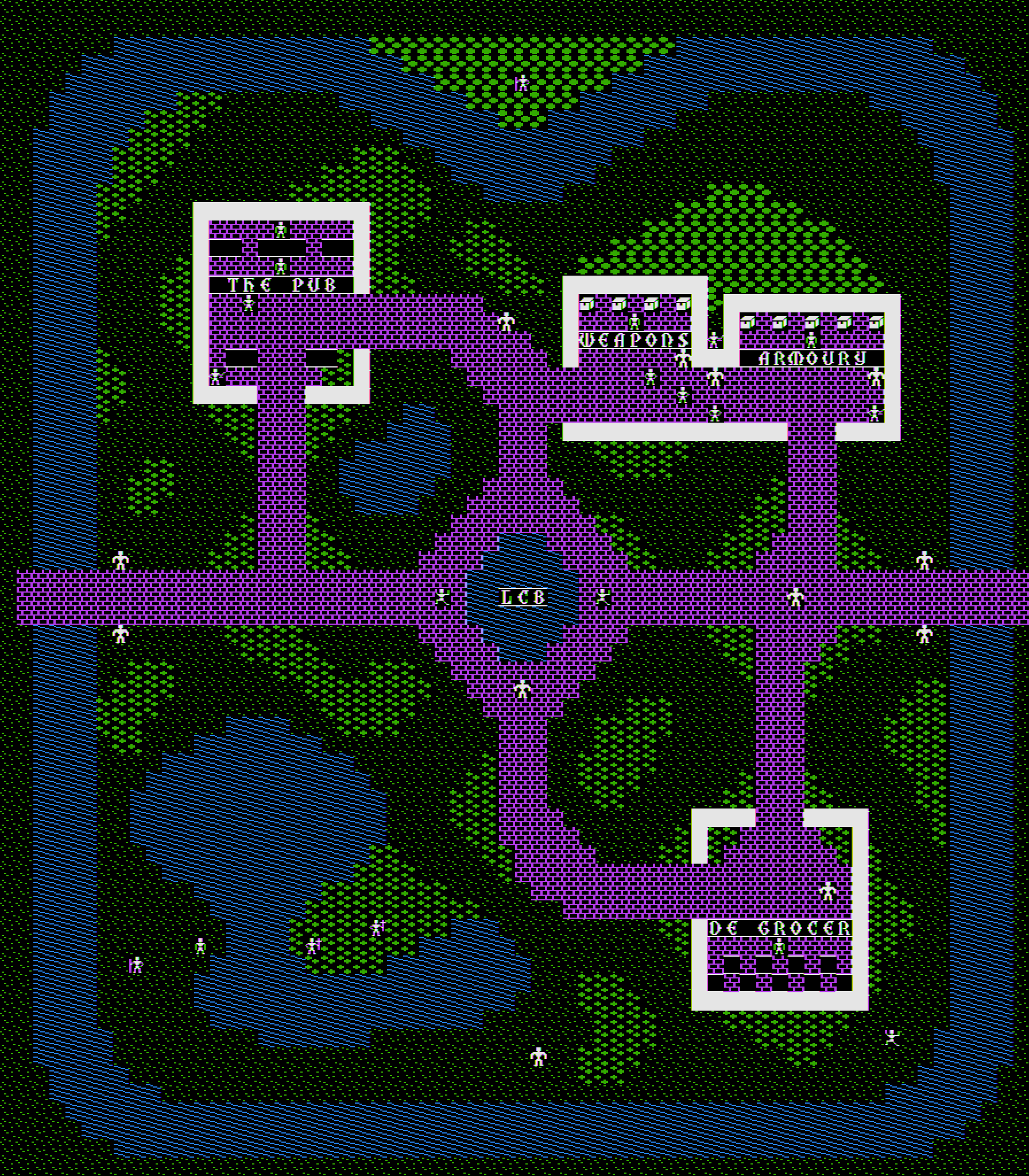

The world looks fantastic from terrain and architecture to character portraits (although the scanned-face portraits seem a bit out of place with the rest of the game's atmosphere). Graphics: Ultima VII: The Black Gate was among the best looking games released in its day and this sequel continues the trend. After all, not every game needs a happy ending. It only seems fitting that the end of the game foretells the Avatar's plunge into a bizarre new realm that almost seems like punishment for straying from the virtuous path. Being an Avatar is never supposed to be easy and the game forces you to make really difficult decisions about morality. The journey in Ultima VII Part Two: Serpent Isle is a strange one.

The sound effects remain fairly good with Sound Blaster support. Several of the more memorable songs from Ultima VII: The Black Gate reappear along with many new Ad-Lib compatible MIDI compositions, often of high quality. In addition to the new and improved graphic design, the game's music keeps pace nicely as well. There are plenty of weapons and armor to use in your fight against evil while in Serpent Isle and, with the improved paper doll system, the joy of finding and using these items is even greater than before. Fortunately, it's not too difficult so at least the frustration level is contained. Just as in Ultima VII: The Black Gate, the combat system is not very suitable for a CRPG - it's incredibly fast and unpredictable.
#FAWN ULTIMA III SERIES#
This aspect seems to mess with the entire spirit of the Ultima series as the go-anywhere, do-anything mentality gives way to pre-determined events. The task of getting out of the game's first town might initially seem like a training session of sorts but, once you finally leave, you find yourself in another linear journey ending in another town that you can't immediately leave. As a side effect of the myriad of scripted events and well-written story, a new sense of linearity is present unlike any seen before in the Ultima series. Throughout the game, subtle nuances provide a real sense of immersion, ranging from realistic dialogue to various sudden and tragic events that have a real effect on your party cohesion. Small touches like this give the game a kind of atmosphere few other CRPGs can reproduce - that of a real, living world where people have lives beyond standing around and waiting for you to interact with them. Wandering through a town after dark does you little good unless you are specifically looking for evil ruffians, as all respectable folk will be retired for the night. The sophisticated NPC scripting system, first seen in Ultima IV: Quest of the Avatar and modified through each subsequent game, remains as good as ever in Ultima VII Part Two: Serpent Isle. Character portraits, previously borderline, now look extremely realistic with rendered pictures of people's faces but, while they look nice, also seem a bit out of place with the rest of the game's motif. Now, items actually cover the character's body and invite player creativity to make the Avatar fashionable with mix and match outfits. Before, the character portrait always looked the same regardless of clothing with equipped items showing to the side.
#FAWN ULTIMA III UPGRADE#
Origin improves their already solid Ultima VII engine with a noticeable graphics upgrade as well as improved overall functionality of the paper doll system. Also, Batlin emerges as quite a slippery character and always seems to stay a step or two ahead of you - until things take a major turn in the middle of the game. The job of Avatar is considerably more difficult when you have to nearly lie just to prevent being burned at the stake. While people in towns like Monitor, Fawn and Moonshade follow at least one of Lord British's primary virtues, they also hate him and don't take kindly to his associates. The problem facing you in this quest is the prevailing atmosphere in Serpent Isle. Now the only logical choice is to grab your buddies Iolo, Dupre and Shamino and go after him. You, as the Avatar, are hot on the heels of the evil Batlin who has gone to Serpent Isle in his effort to bring the Guardian to the world. Releasing a game with a Part Two designation makes perfect sense at this point in the Ultima series since the action picks up almost immediately from the conclusion of the last game, Ultima VII: The Black Gate.


 0 kommentar(er)
0 kommentar(er)
